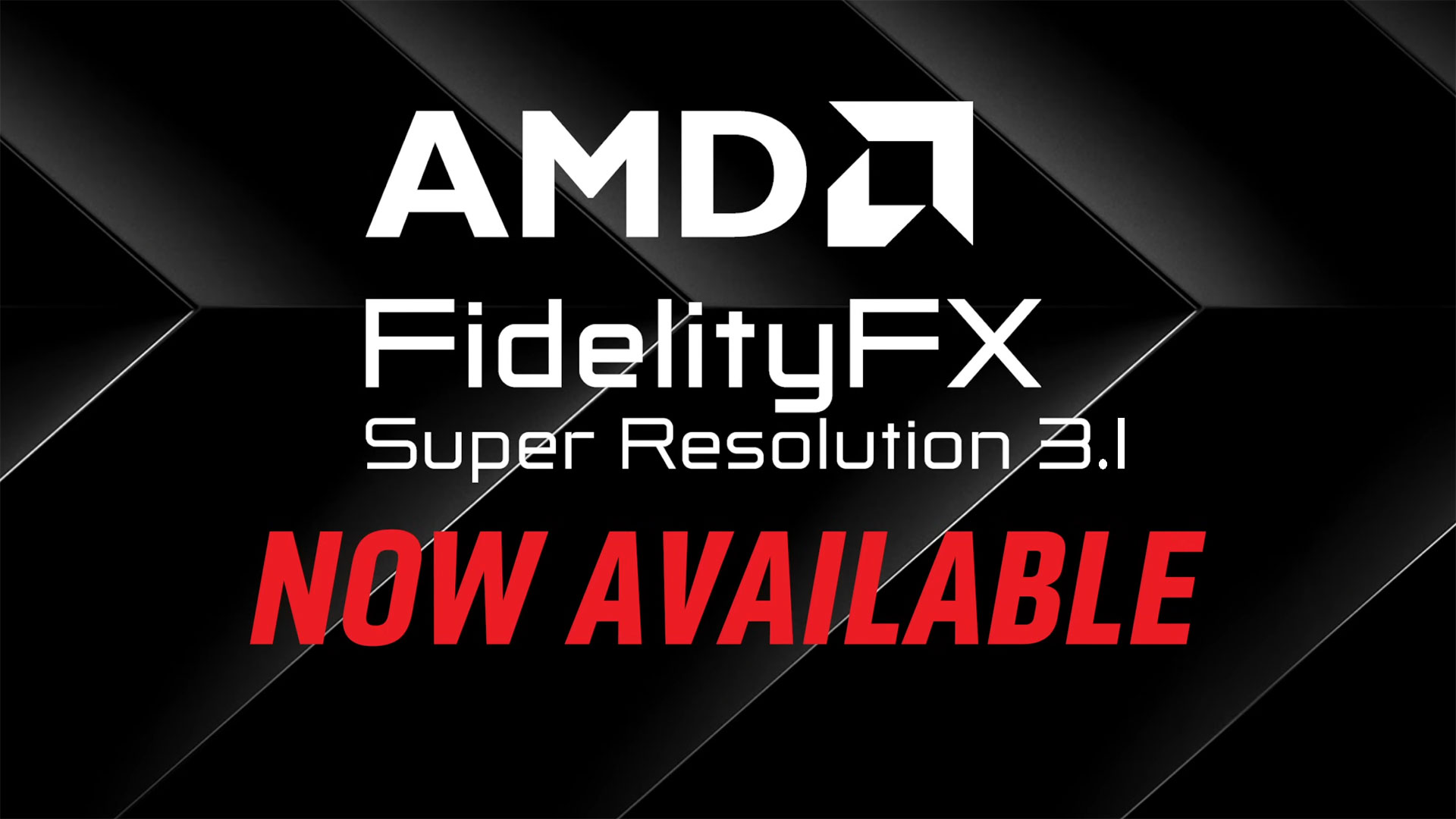AMD FidelityFX Super Resolution 3.1 shown at GDC 2024: 'Decoupled' Frame Gen can work with other upscalers
AMD's FSR 3.1 Frame Generation has been updated to work with other upscaling solutions like DLSS and XeSS.

AMD announced FSR 3.1 at GDC this week, the latest version of its FidelityFX Super Resolution upscaling and frame generation software. The new release adds support for non-AMD upscaling solutions in concert with AMD's frame generation feature, so that users can get the most out of the best graphics cards. It also includes improvements to image quality, reducing ghosting and other artifacts.
AMD claims FSR 3.1 upscaling image quality has improved significantly, while still or in motion. It provided a few demonstration gifs of AMD FSR 2.2 upscaling compared with FSR 3.1 running Ratchet & Clank: Rift Apart. FSR 3.1 has also added support for Vulkan and Xbox Game Development Kit (GDK), indicating we may start to see the feature on console games as well as the upcoming Xbox console.

The appearance of Xbox Game Development support in AMD FSR 3.1 suggests that Microsoft's Xbox refresh could be a proper upgrade, or will at least support 120 FPS Frame Generation on games that already run at 60 FPS.
At present, 40 games now support FSR 3, double the number as the last time we checked. Those are all still FSR 3.0, naturally, but a number of other games will soon get patched with (presumably) FSR 3.1 support, including Ghost of Tsushima: Director's Cut, Black Myth: Wukong, and Dragon's Dogma II. You can check AMD's full list for additional games.
AMD is also implementing FidelityFX API forward compatibility, so future FSR updates should be able to work without any extra developer effort needed, in theory. That potentially means that if a game gets released with FSR 3.1 support and AMD later launches FSR 3.2 or 3.3, it would be a drop-in replacement. Whether AMD will handle that in its drivers or depend on a game update to replace the DLLs remains to be seen.
FSR 3.1 frame generation can also be used while running games at native resolution for improved image quality — Native FSR, which is somewhat akin to Nvidia's DLAA. Perhaps more importantly, FSR 3.1 will allow frame generation to work in concert with other image upscalers. AMD says it decoupled frame gen from the FSR upscaling, so as an example a game like Avatar: Frontiers of Pandora that supports DLSS 2 and FSR 3 could be updated to allow Nvidia RTX owners to use AMD frame gen with DLSS upscaling — which incidentally also means DLSS on RTX 20- and 30-series GPUs could still benefit from frame generation.
Overall, this looks like a promising upgrade to AMD's FSR software suite. As with Nvidia DLSS and Intel XeSS, AMD continues to iterate on and improve image quality and features in FSR. The ability to get upgraded FSR versions without the need for developer intervention in the future seems particularly promising, though we'll have to see how that plays out.
Get Tom's Hardware's best news and in-depth reviews, straight to your inbox.

Christopher Harper has been a successful freelance tech writer specializing in PC hardware and gaming since 2015, and ghostwrote for various B2B clients in High School before that. Outside of work, Christopher is best known to friends and rivals as an active competitive player in various eSports (particularly fighting games and arena shooters) and a purveyor of music ranging from Jimi Hendrix to Killer Mike to the Sonic Adventure 2 soundtrack.